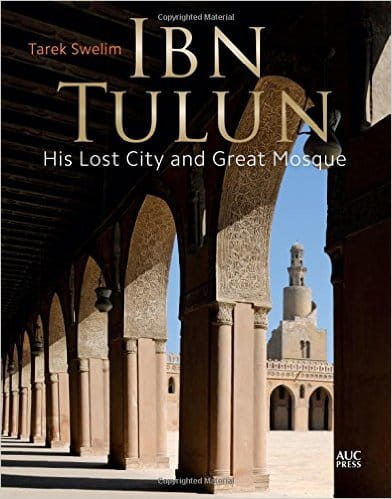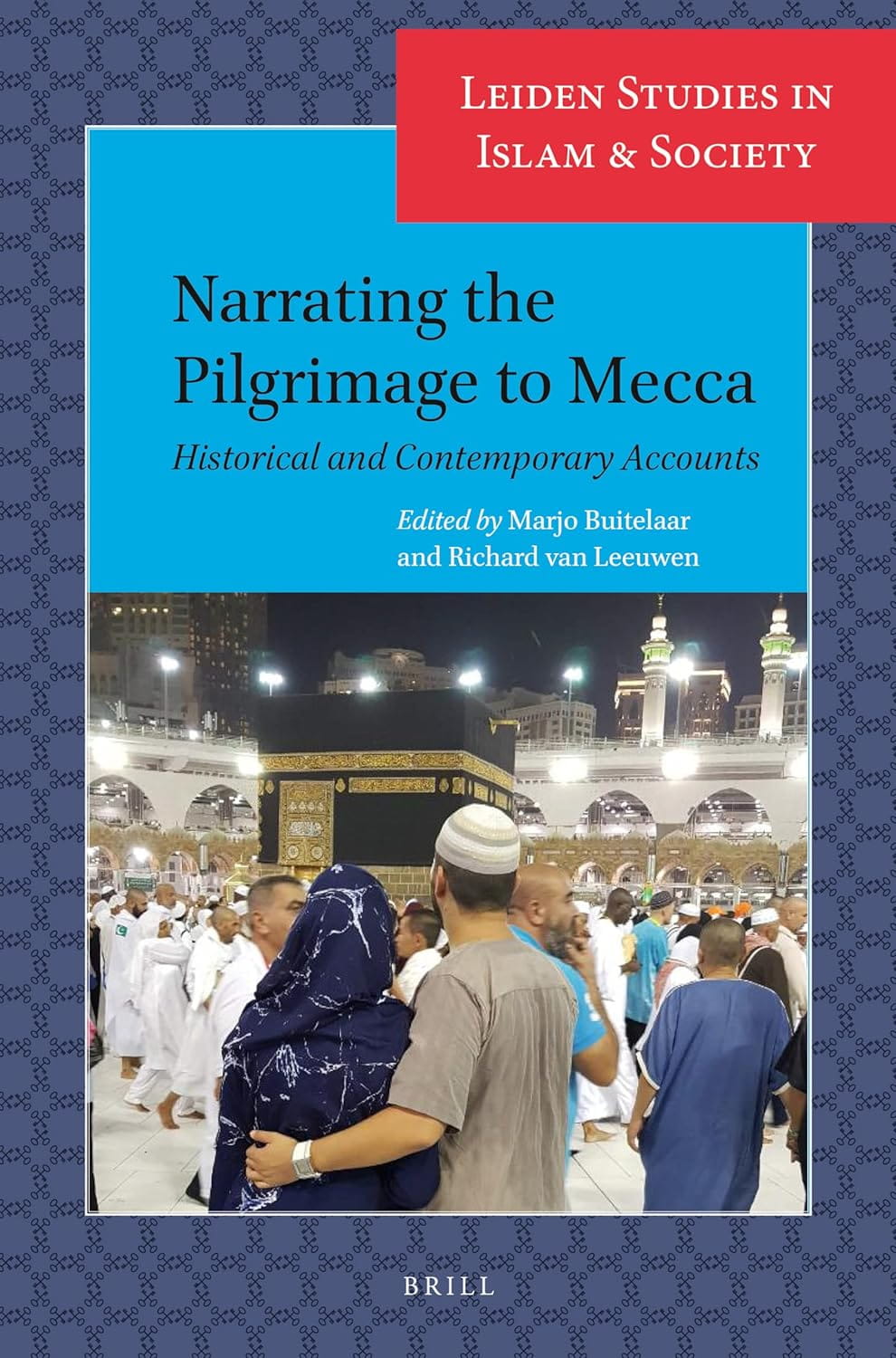
Ibn Tulun: His Lost city and Great Mosque
Tom Verde
Tarek Swelim
2015, AUC Press, 978-9-77416-691-4, $49.95 hb.
This elegant, richly illustrated volume covers the history, architecture, folklore and cultural significance of Africa's "longest surviving" mosque. Built by Abbasid Governor Ahmad Ibn Tulun between 867 and 879, it was the centerpiece of his new city of al-Qata’i, northeast of Fustat, the earliest Arab settlement in Egypt (both now part of Cairo). Tarek Swelim comprehensively documents the building's "glorious architecture," focusing on its elegant inscriptions, pointed arches (among Egypt's first), famed scroll-shaped minaret and more. He also examines periods of neglect, e.g., during the Crusades of the 13th century when Mamluk sultans had their hands full elsewhere, and restoration, such as the work undertaken early in the 20the century by King Fuad. Filled with modern and historical images, maps and illustrations, including 3D renderings of the structure throughout its history, the book's design provides visual context for the mosque's important role in the history of Egypt and Islamic architecture.
You may also be interested in...

Essays Unpack the Evolving Hajj and Umrah Experience
This volume of essays juxtaposes historical first-hand narratives of Hajj and Umrah journeys with oral interviews of contemporary pilgrims to show the transformative power of storytelling.
In War and Peace, Book Explores How Rome and Persia Remained Frenemies
Book Review: In his latest scholarly work, Roman historian Adrian Goldsworthy reduces Persian and Roman longevity to simply an ever-evolving coexistence.